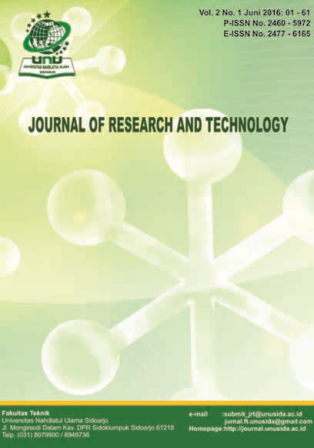REPRESENTASI DATA HASIL ANALISA SPASIAL DAERAH RAWAN PENYAKIT CAMPAK MENGGUNAKAN METODE WEIGHT PRODUCT MODEL
DOI:
https://doi.org/10.55732/jrt.v6i1.139Keywords:
Measles, Coverage of Immunization Status, Spatial Analysis, Spatial Data Modeling, MADM, WPMAbstract
Measles is a part of many diseases that occur in the tropics as happened in East Java. Measles disease data recorded in the Health Profile Book contains information on tabular data on the number of measles cases, the fatality rate of measles cases, and data that contain infant measles immunization. The purpose of the discussion of this paper is to represent spatial and attribute data resulting from spatial data processing in the spatial analysis process by Weight Product Model (WPM) methods and in the Multiple Attribute Decision Making (MADM). Data representation to determine areas prone to tropical diseases based on infant immunization status, nutritional status, epidemics, and PD3I. The results of the spatial data modeling will be represented into spatial data and attribute data obtained from the preferential value of Vi with the category of classification of tropical disease-prone areas with good, average, fair, and poor immunization status.







